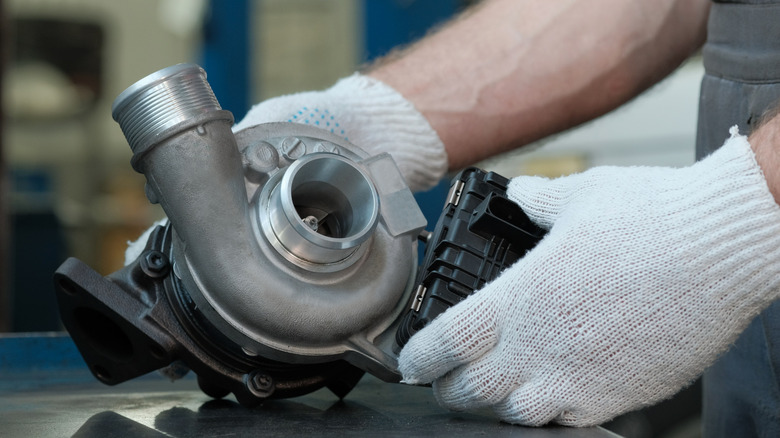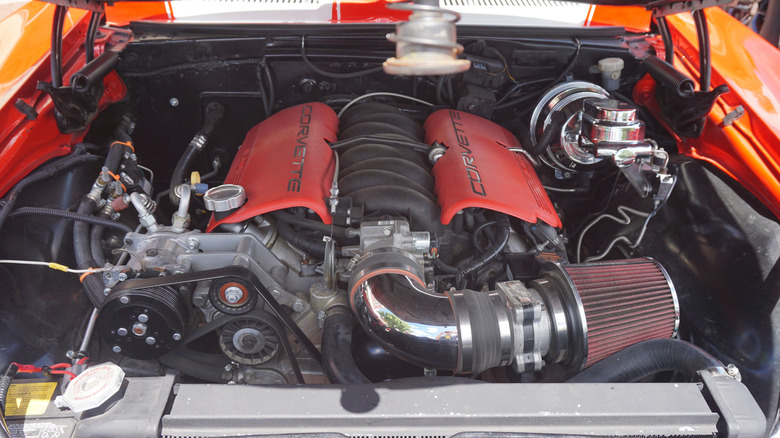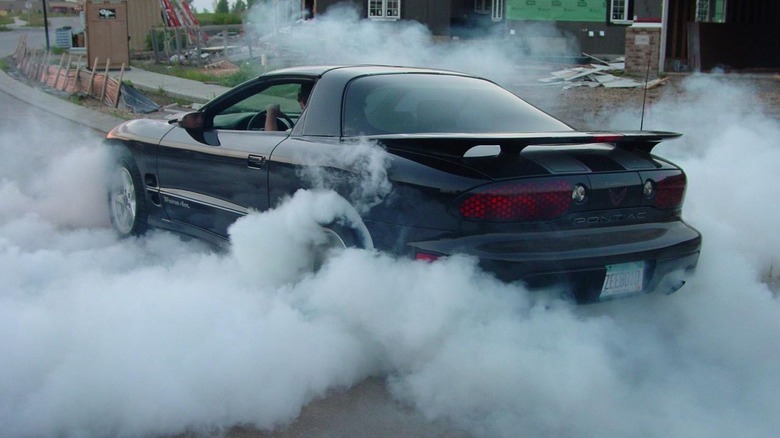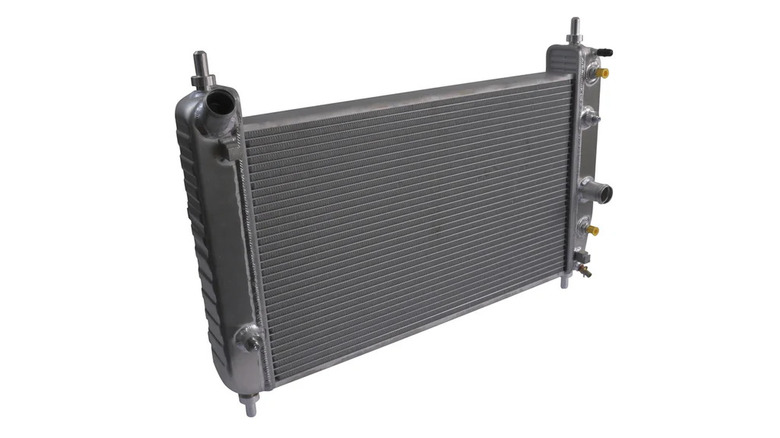Small Block Turbo: What To Know Before Upgrading Your Engine
Turbocharging your small block is one of the most exciting ways to unleash serious horsepower. Whether it's an old first-generation 350 small block, a modern LS, or even a Ford Windsor, bolting a turbo to any engine can completely transform your vehicle's performance. But turbocharging isn't as simple as tapping a snail to the engine and hoping for the best. It requires planning, precision tuning, and some critical upgrades.
If you don't already have a small block on board, the first step is to choose the right one. Your most popular choice will be an SBC (small block Chevy), with over 100 million units produced. They are easy to find, have robust internals, and have extensive aftermarket support, making them ideal for Turbo builds. Some great older options include the 350, 383, and 400. The modern SBCs are high-horsepower kings and can handle up to 700-800 horsepower without a complete overhaul.
If you don't want to go the Chevy route, Ford engines are also great options. Engines like the Le Mans-winning 302 and the 351 Windsor offer excellent tunability. The Chrysler Magnum series and the LA 360 can also be good picks. After choosing the engine, check its health, perform a simple compression and leak-down test, and verify that oil pressure is within spec.
Picking the right turbo
Before choosing the correct turbo, it's important to lay out a roadmap with realistic horsepower goals so you can select the rest of the components accordingly. Typically, bigger is better. However, if you go too big, you might face serious turbo-lag as the power curve is not linear. Similarly, the efficiency might not be there if you go too small. Power can fall off dramatically, as the exhaust volume takes a hit when the engine revs climb. You should ideally pick a setup with a 75mm turbine wheel setup or bigger.
If your goal is 650 horsepower, you should ideally pick a turbo rated for at least 800 horsepower. This ensures the turbo isn't constantly at its limit, improving reliability and longevity. It also leaves room for future upgrades. Some budget options include a Universal GT45 turbo equipped with a 77.5mm turbine exducer, capable of handling up to 600 hp. Mid-range turbos like the BorgWarner S475 can support around 1,000 hp, while premium options such as the Garrett G45 can push up to 1,600 horsepower with its 82mm turbine exducer. Smaller turbos like the GT45 use a T4 flange, while larger units like the BorgWarner S475 use the T6 size and bolt pattern. This flange is the connection point between the turbo and the exhaust manifold.
Also consider the A/R (Area over Radius) ratio when selecting a turbo. This geometric measurement applies to both turbine and compressor housings. Think of it this way: smaller A/R means higher pressure but less flow, while larger A/R means more flow but slightly less pressure. A smaller A/R, like 0.68–0.81 on a T4 turbine — delivers quicker spool, making it ideal for street-driven or daily builds, but it can limit peak horsepower. A larger A/R, such as 0.96 or more, flows better at high RPMs, making huge power, though it often comes with noticeable turbo lag, not ideal for daily builds.
Strengthening the small-block and the bottom-end
While most small block motors are built tough, they aren't indestructible. For instance, the most popular small block, the 5.3-litre LS, makes about 320-340 horsepower in its stock form, depending on its application. Expecting it to reliably support 700+ horsepower on stock internals is a bit of a stretch. It's vital to fortify the components that might fail due to the increased load on the engine.
Check the condition of connecting rods and pistons, as these can fail under heavy boost workloads, especially in old high-mileage engines. If the condition is great, you might be able to get away without replacing it for a mild boost setup. However, upgrading to high-quality forged pistons, rods, and crankshafts is solid insurance for high-boost setups.
Also, pay close attention to piston ring gaps, as factory tolerances tend to run tight. Boost increases cylinder temperatures, causing thermal expansion that can cause ring seizure or damage the cylinder walls, particularly in modern LS engines, which get minimal stock clearance. The ideal piston ring gap depends on the engine and boost level you plan to run, so it's wise to reference similar builds or detailed online build logs and replace the rings accordingly. While replacing cylinder heads isn't mandatory, upgrading to better-flowing heads can deliver a significant power increase.
Maintaining the boost, fuel, and air
Another critical factor in turbocharging is maintaining and regulating boost pressure. Investing in a quality wastegate or even two is essential to control boost levels and prevent harmful pressure spikes. A dependable boost controller and blow-off valve should also be part of your setup to protect the turbo and the engine.
With great power comes greater fuel responsibility, so the fuel system must be upgraded accordingly. Larger, high-flow injectors, a boost-referenced fuel pressure regulator, and a high-capacity fuel pump will ensure consistent fuel delivery under load. A blow-through carburetor remains a popular choice among hot-rod enthusiasts, performing well in optimal driving conditions while being cooled by the intercooler charge. EFI, aka Electronic Fuel Injection, however, offers far greater precision, works efficiently in all conditions, and significantly improves drivability.
Camshafts are also key to maintaining airflow. A quality camshaft with a turbo-friendly profile can improve spool characteristics and power delivery, especially in high-horsepower builds. Finally, ensure the exhaust and manifold are free from cracks, rust, or worn gaskets, and that all joints fit snugly to prevent leaks. Upgrading the exhaust to a free-flow system can make everything run smoother while improving the spool response and the power output.
Cooling, exhaust, and tuning
Never cut corners on cooling and tuning. All the components tend to run hot when boosted, so cooling a turbocharged engine can become a task. That's why a front-mounted intercooler, proper downpipe routing, and correct wastegate plumbing are non-negotiable for a serious turbo build. Consider adding or upgrading to a high-capacity oil cooler and replacing the stock radiator with a high-flow unit to manage the extra heat generated under boost.
While bolt-on parts can generate power, proper tuning keeps the engine alive. A professional dyno tune is crucial, whether you're running a blow-through carb or EFI. EFI offers more tuning flexibility, but both can work well when dialed in correctly. Always monitor your air/fuel ratios; under boost on pump gas, aim for a richer mixture of around 11.5:1 to avoid detonation and ensure long-term reliability. Adversely, having a rev limiter and safety ignition cutoffs to prevent over-revving or lean conditions if fuel pressure drops are great additions. It's hard to beat a good-quality ECU tuned by a professional.




